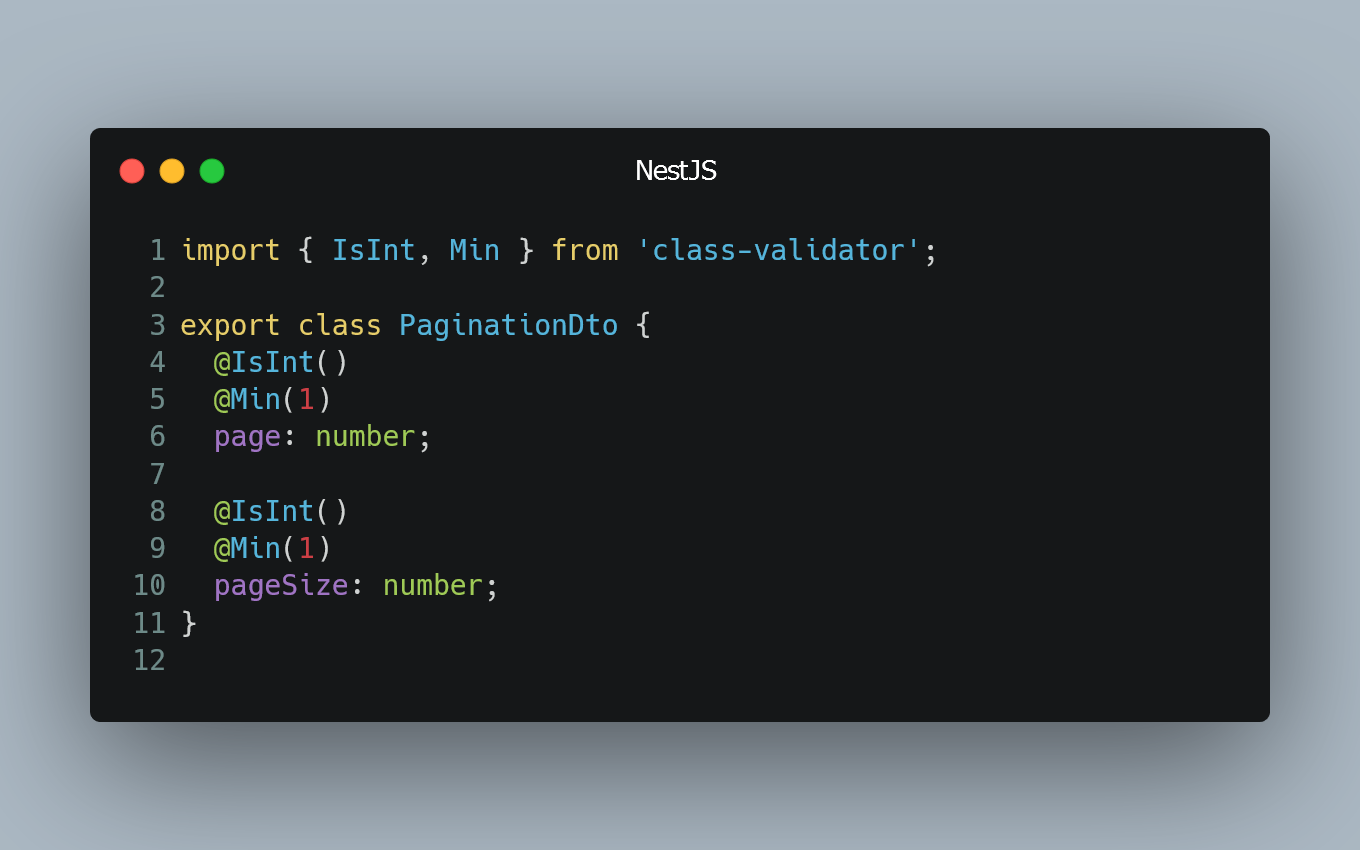#NestJS
Using .env Variables in Main App Module File for DB Connection
In NestJS, you can use .env variables to manage configuration settings, such as database connection details, in a more secure and flexible manner. Thi...
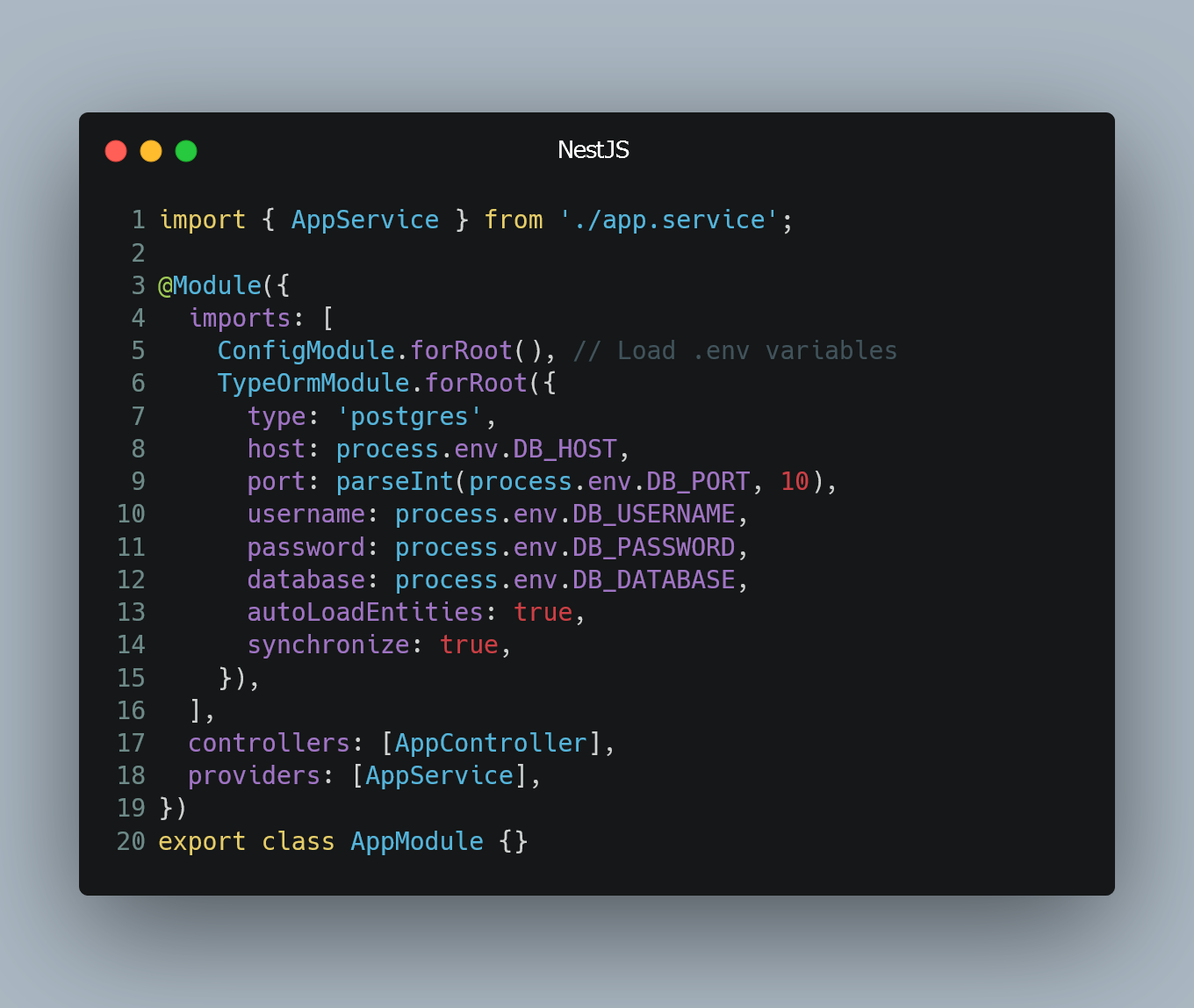
Inject NestJS Service from Another Module
In NestJS, services are an essential part of the application, and they can be injected and used across different modules. To inject a NestJS service f...
Creating Nested Routes with Parameters
In NestJS, you can create nested routes with parameters to organize your API endpoints and handle more complex data structures. Nested routes allow yo...
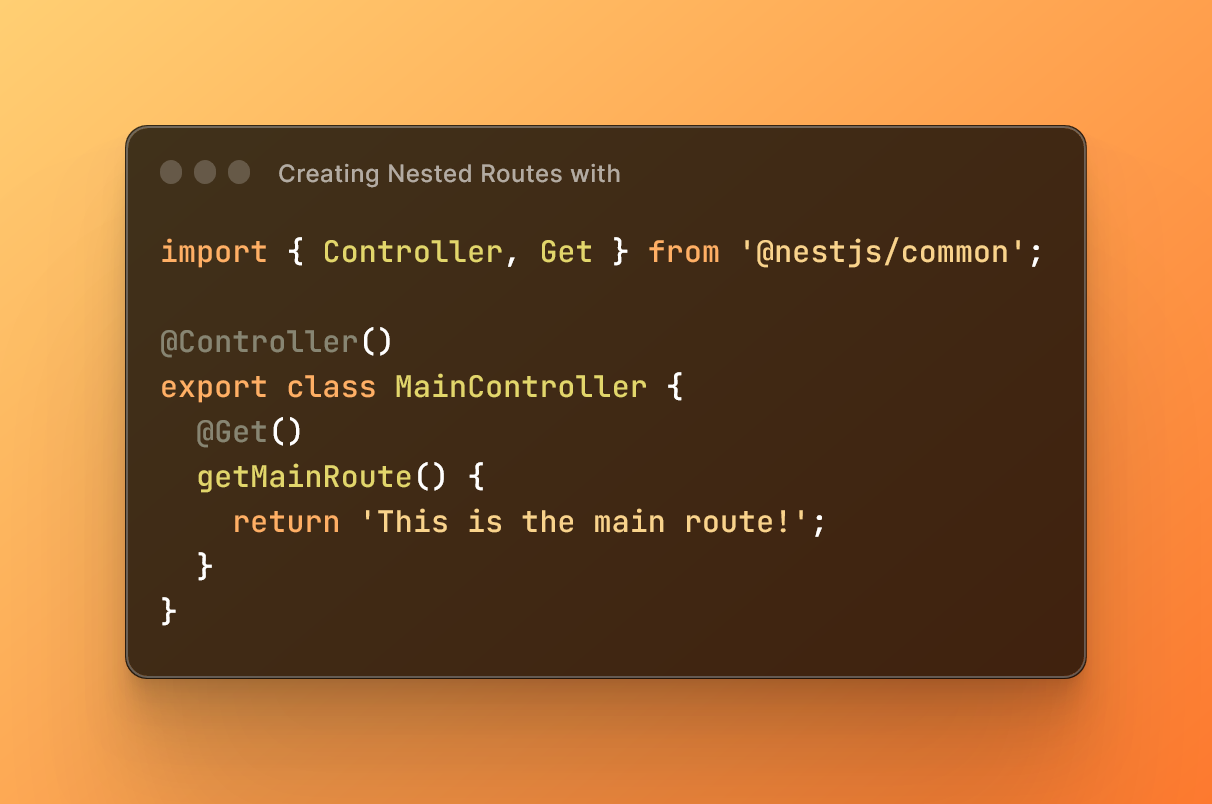
Enabling CORS in NestJS for Production
Cross-Origin Resource Sharing (CORS) is a security feature implemented by web browsers that restricts web pages from making requests to a different do...
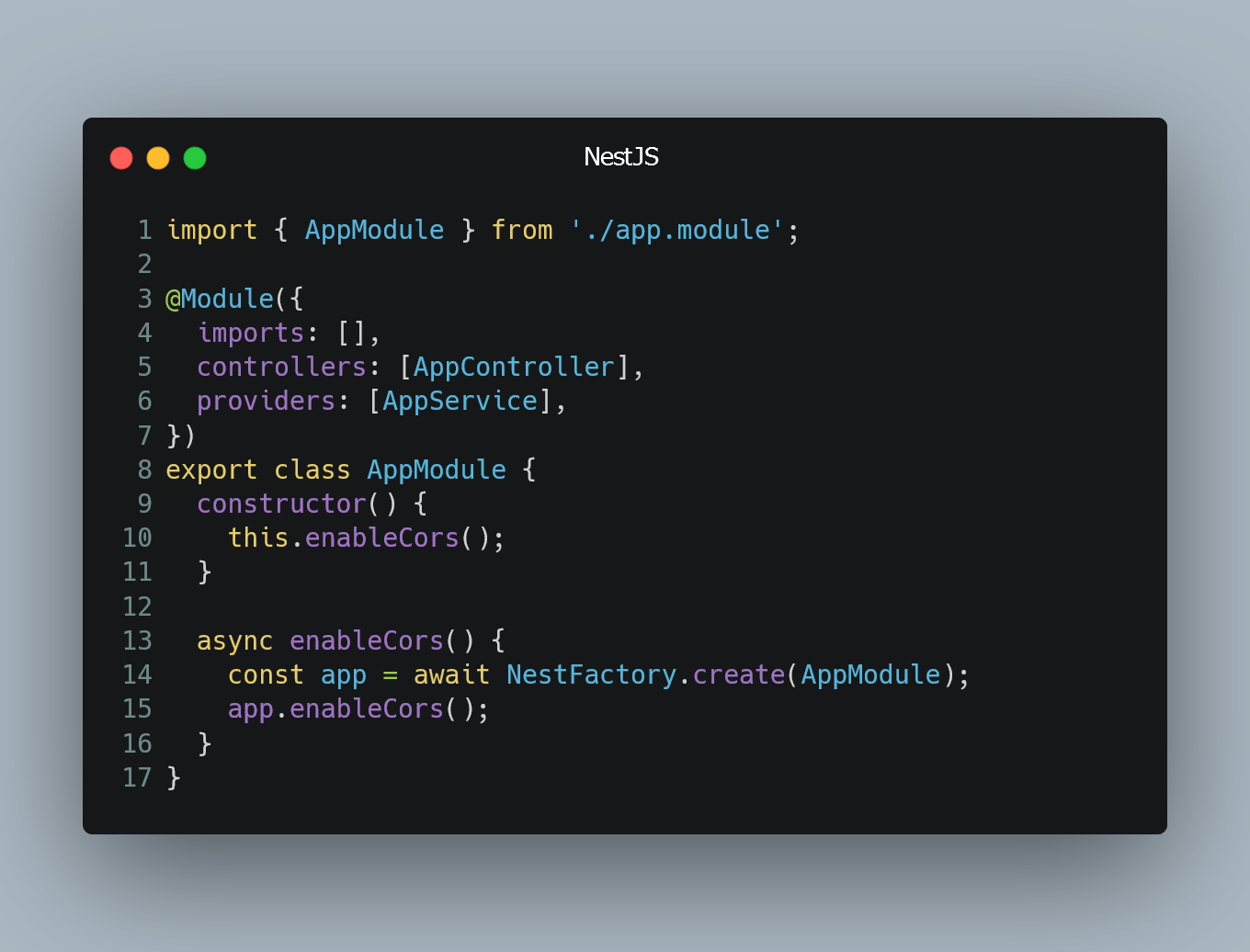
Using NestJS Logging Service
NestJS provides a built-in logging service that allows you to log messages at different levels of severity. It helps you track and understand the flow...
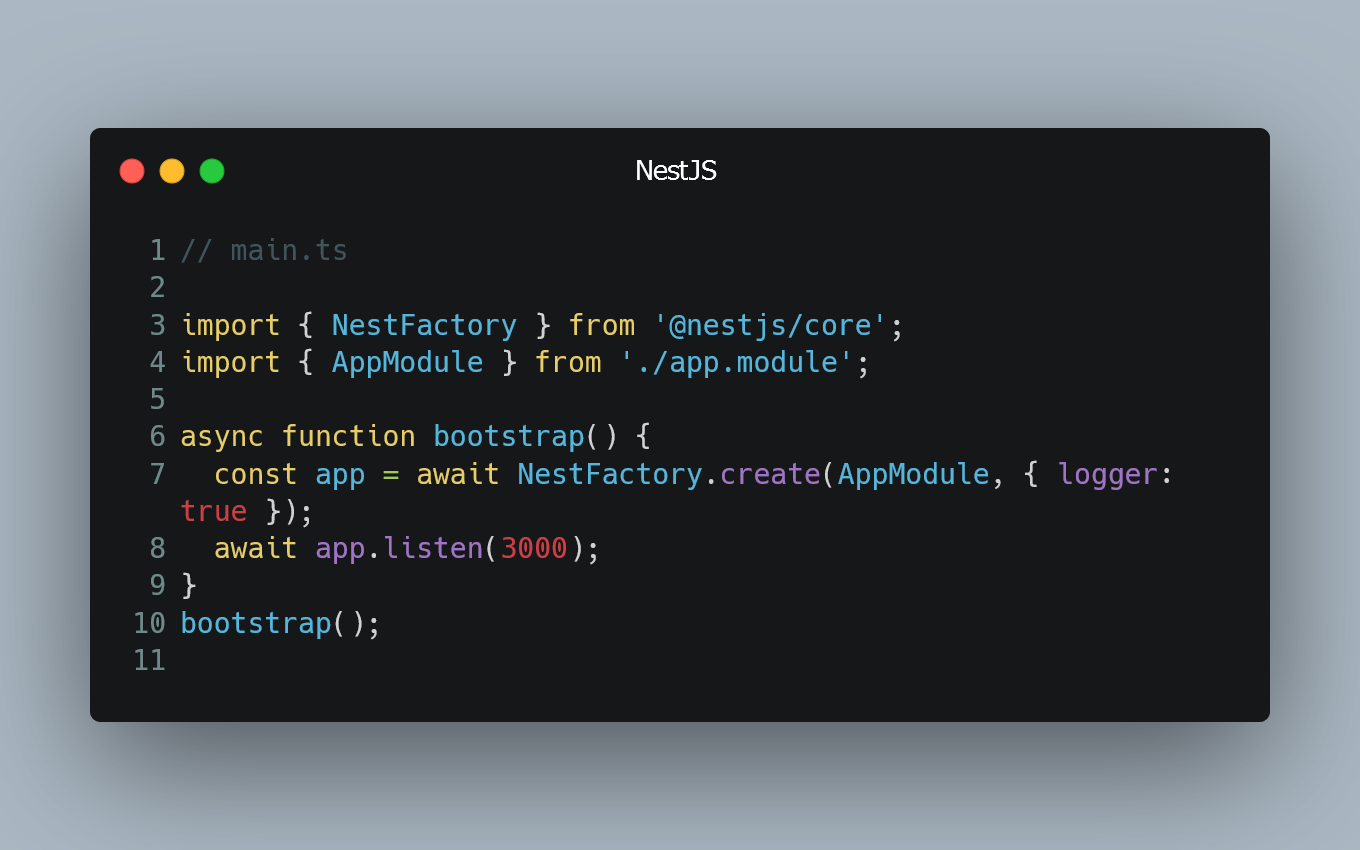
Validate Nested Objects Using Class Validator
NestJS provides a powerful validation feature that integrates with class-validator to validate incoming data. You can easily validate nested objects i...
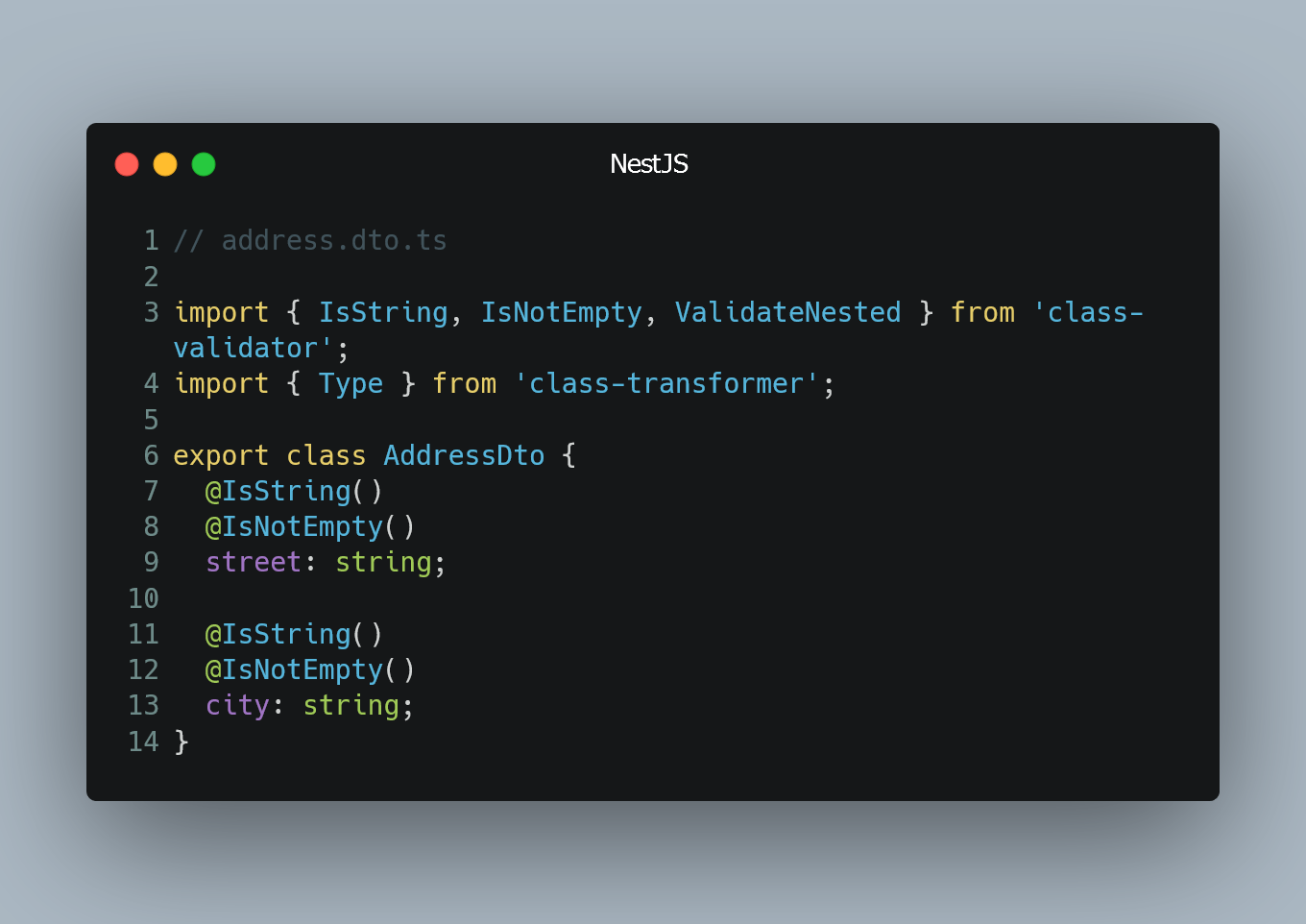
Using Query Parameters
In Nest.js, query parameters are a common way to pass data to an API endpoint through the URL. They allow clients to send additional information to th...
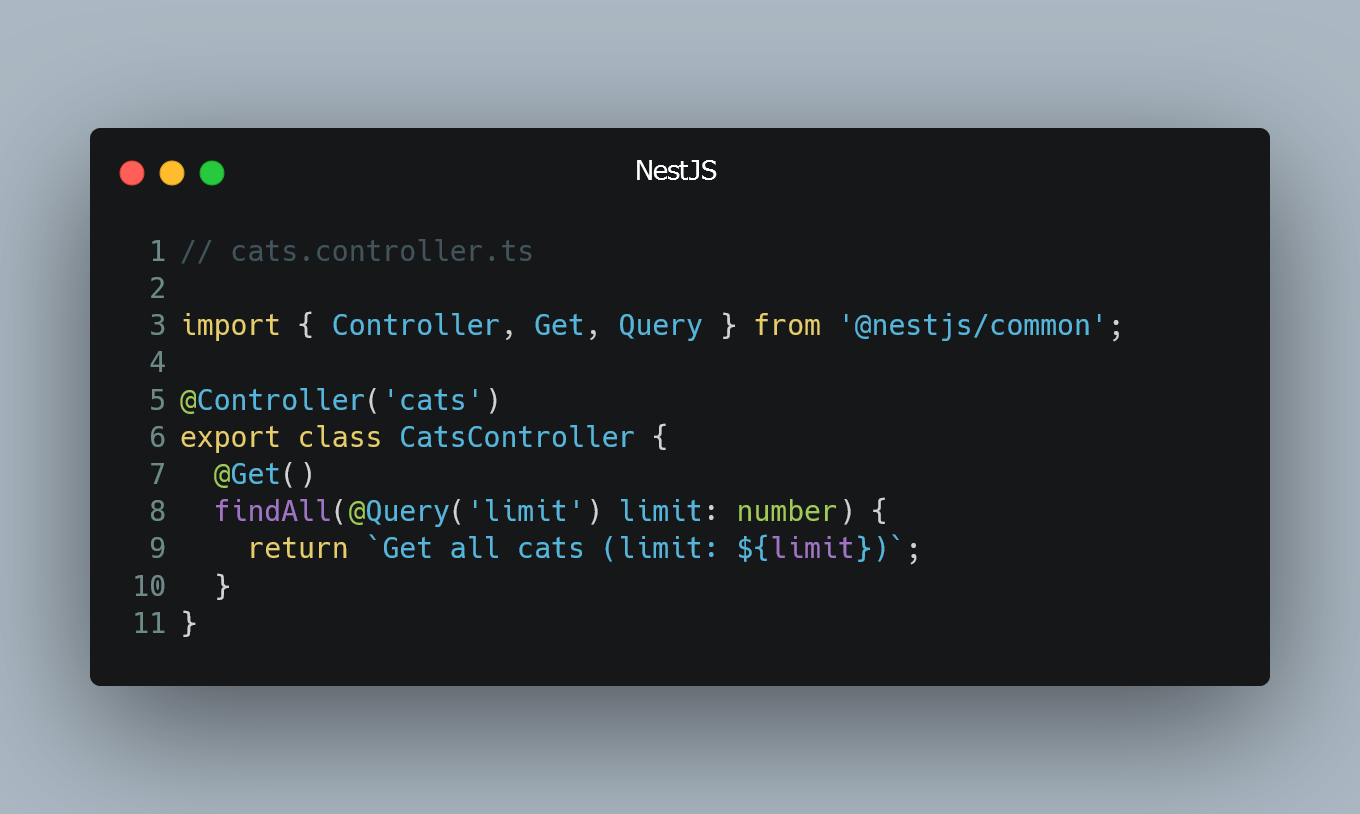
Implementing Pagination with TypeORM
Pagination is a common requirement in APIs to manage large datasets. With NestJS and TypeORM, you can easily implement pagination to retrieve and disp...
